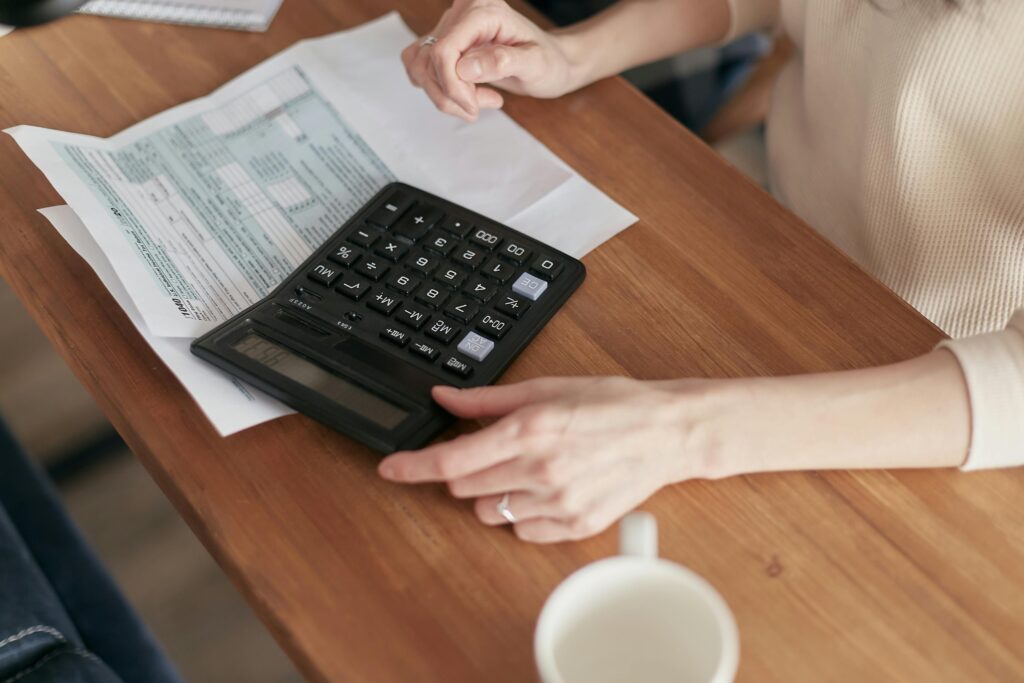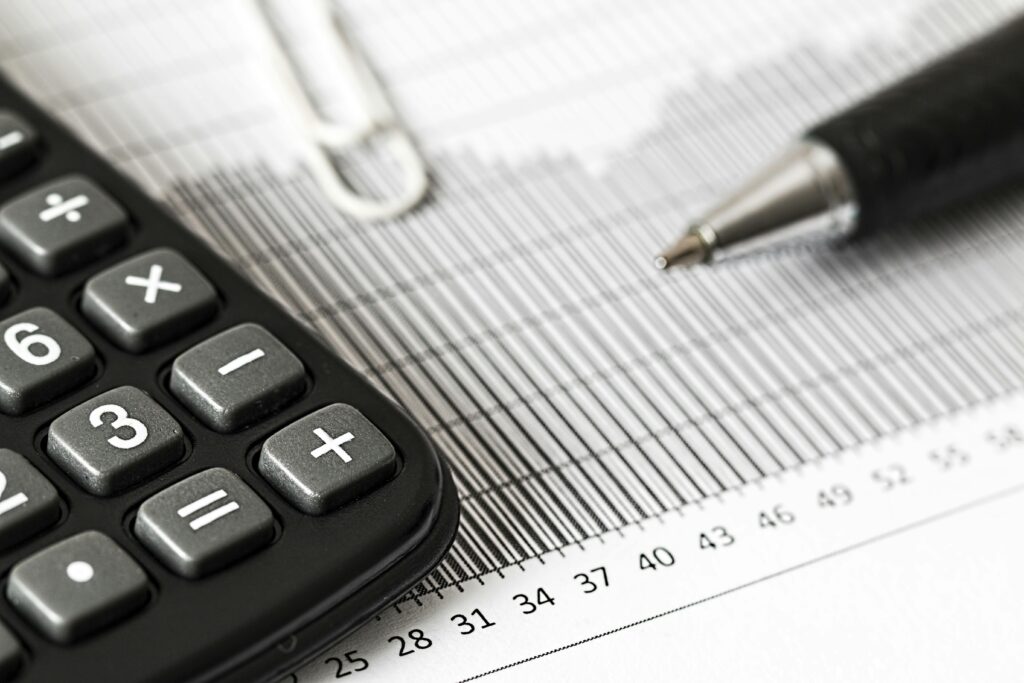If you think tax saving is only for the rich or finance geeks, think again.
Whether you’re a salaried employee, freelancer, or small business owner, the Income Tax Act, 1961 offers plenty of legal deductions to reduce your taxable income—if you know where to look.
Tax deductions aren’t about hiding income or bending rules. They’re about spending or investing smartly in areas that the government wants to encourage—like saving for the future, buying health insurance, or supporting education.
When you claim these deductions, your gross income stays the same, but your taxable income reduces, and that’s where the savings come from.
Here are the most common deductions available under Chapter VI-A of the Income Tax Act:
| Deduction Type | Section | Maximum Limit | Common For |
|---|---|---|---|
| Investments (LIC, PPF, ELSS, etc.) | 80C | ₹1.5 lakh | Salaried, freelancers |
| Health insurance premium | 80D | ₹25,000 – ₹1,00,000 | All taxpayers |
| Education loan interest | 80E | No limit (8 years max) | Students, parents |
| NPS additional contribution | 80CCD(1B) | ₹50,000 (over 80C limit) | Salaried, self-employed |
| Home loan interest (self-use) | 24(b) (outside VI-A) | ₹2 lakh | Property owners |
| Donations to charities | 80G | 50% or 100% (with limits) | Anyone donating to registered trusts |
| Interest on savings account | 80TTA | ₹10,000 (₹50,000 for seniors under 80TTB) | All individuals |
So let’s say you earn ₹10 lakh a year, and you invest ₹1.5 lakh in ELSS, pay ₹20,000 for health insurance, and contribute ₹50,000 more in NPS. These actions alone reduce your taxable income by ₹2.2 lakh. That’s enough to shift you into a lower tax bracket, and the savings can be substantial.
If you’re under the Old Tax Regime, these deductions are your best friend. The New Tax Regime under Section 115BAC, however, doesn’t allow most of these—except the standard deduction and a few others.
That’s why understanding which regime benefits you more is essential.
Freelancers and gig workers often think tax saving is only for salaried employees—but that’s not true. You can also claim many of these deductions if you file under ITR-3 or ITR-4.
If you’re a freelancer, check our post on Can Freelancers Be Taxed? Yes – Here’s How to learn what applies to you.
Claiming tax deductions isn’t complicated—but you do need to be careful about documentation, timing, and which ITR form you’re using. Most deductions under Chapter VI-A can be claimed when you file your Income Tax Return, but they won’t automatically apply—you need to declare and calculate them correctly.
Here’s a quick guide to claiming some of the most common deductions:
| Deduction | How to Claim | What Proof is Needed |
|---|---|---|
| 80C (PPF, LIC, ELSS, etc.) | Enter investment details in “Deductions” section of your ITR form | Receipts, account statements, insurance premium slips |
| 80D (Health Insurance) | Add premiums paid for self/family/parents under “80D” | Premium receipt + 80D certificate (if available) |
| 80E (Education Loan) | Claim interest paid in the FY in “Other Deductions” section | Bank interest certificate showing EMI breakup |
| 80G (Donations) | Enter donation amount and type (100%/50% deduction) | Donation receipt + PAN of the NGO/trust |
| 80CCD(1B) (NPS) | Add to total deductions (over 80C) while filing ITR | Contribution statement from NPS portal |
You don’t need to upload these proofs while filing online, but keep them handy—if the IT Department selects your return for scrutiny, they may ask for evidence.
If you’re a salaried employee, your employer might have already considered some deductions in Form 16. But if you missed submitting proofs during the year, don’t worry—you can still claim them directly while filing the return.
Freelancers and small business owners, remember: deductions are separate from expenses. You can claim both, but expenses (like rent, software, fuel) go under your profit-and-loss section, while deductions like 80C/80D are claimed under Chapter VI-A.
Also, if you’re using the New Tax Regime, most of these deductions aren’t allowed. But you do get a standard deduction of ₹50,000, and some benefits like NPS employer contribution under Section 80CCD(2) may still apply.
To understand how regime choice affects deductions, read our blog on Difference Between Old and New Tax Regime – Which Is Better? It can help you decide the best fit based on your spending and saving style.
FAQs
1. Can I claim 80C even if my employer didn’t consider it in Form 16?
Yes, you can claim it directly while filing your return.
2. Are digital proofs (like screenshots or PDFs) accepted?
Yes, but they must be clear and verifiable if asked during scrutiny.
3. Can I claim deductions in the New Tax Regime?
Only a few like standard deduction (from FY 2023–24), NPS (employer), and 80JJAA.
4. Can both spouses claim 80C on a joint investment?
Yes, if each has contributed separately from their own income.
5. What if I forgot to claim a deduction?
You can file a revised return if the deadline hasn’t passed.



